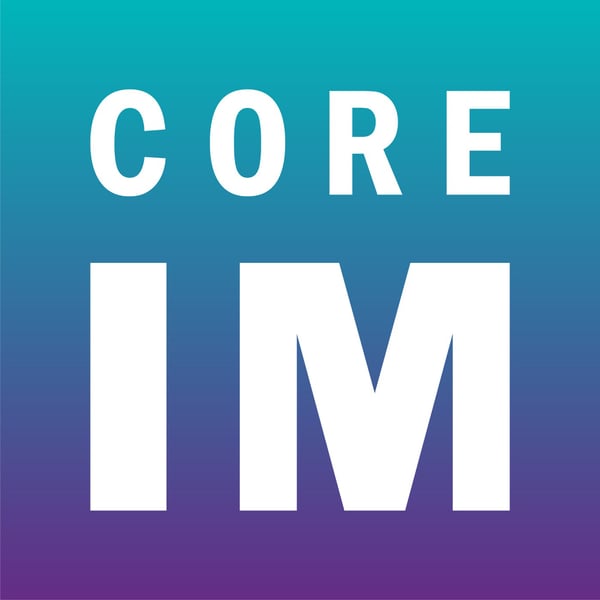#124 A1c & Glucose Measurements: Mind the Gap Segment
Core IM | Internal Medicine Podcast
Core IM Team
4.8 • 1K Ratings
🗓️ 26 April 2023
⏱️ 22 minutes
🧾️ Download transcript
Summary
What does the HbA1c really measure? What are its limitations? How does fructosamine and glycated albumin work? What will falsely elevate or decrease it? What are the benefits of continuous glucose monitoring? What are the limitations of a glucose-centric view and should we be more insulinocentric?
Show notes, Transcript and References
Time stamps
- 00:35 Random Glucose, Fasting Glucose, Glucose Tolerance Test
- 03:03 Hemoglobin A1c
- 08:26 Fructosamine and Glycated Albumin
- 10:50 Continuous Glucose Monitoring
- 15:44 The Overlooked Issue of Insulin Resistance
- 19:11 Summary
Tags: IM Core, CoreIM, insulin resistance, diabetes, microvascular and macrovascular complication
Find the best disability insurance for you: https://www.patternlife.com/disability-insurance?campid=497840
Advertising Inquiries: https://redcircle.com/brands
Privacy & Opt-Out: https://redcircle.com/privacy
Transcript
Click on a timestamp to play from that location
| 0:00.0 | Hi, I'm Carrie Blum. I'm a primary care doctor. |
| 0:02.8 | And I'm Greg Katz. I'm a cardiologist and also like to think of myself as an internist. |
| 0:07.2 | And welcome to mind the gap on A1C and measurements of glucose control. |
| 0:14.9 | Today we're going to briefly dive into the history of glucose measurements and how we came to use the Hemoglobin A1C and will also |
| 0:19.0 | impact some of its limitations. And then we'll talk about some of the newer kids on the block, from Toseamine, like |
| 0:25.1 | oscillated albutin and continuous glucose monitors. |
| 0:28.6 | And lastly, we'll get into a little bit about the big picture, about what glucose measurement does and does not |
| 0:33.8 | toss. If you were to walk through before Hemoglobin A1C, what were the original |
| 0:40.3 | mechanisms of deciding does this patient have diabetes or does this |
| 0:44.2 | patient not have diabetes? So in order to diagnose diabetes it became clear that |
| 0:49.5 | what we really needed to do was measure glucose But the problem with that is that glucose |
| 0:53.1 | fluctuates a lot. So there's really three options you have. You can do a |
| 0:56.2 | random glucose, you can do a fasting glucose, or you can do a glucose tolerance |
| 1:00.2 | test. The problem with random glucose is that you need to do it a lot in |
| 1:04.8 | order to get a sense of how high and how low it gets around mealtime. Fast |
| 1:09.7 | in glucose of course is helpful but you only see half the picture so you're not going to see how much |
| 1:16.1 | hyperglycemia is in the post-prandial state. |
| 1:19.0 | And a glucose tolerance test can be very tedious because it involves having multiple blood tests over many hours, |
| 1:26.1 | but it does provide good information in both a fasting and a postprandial glucose measurement. |
| 1:31.2 | I would also argue that the fasting glucose, particularly glucose |
| 1:34.0 | particularly will miss a fair amount of patients because that's like the last thing that becomes |
| 1:39.2 | abnormal, right? |
... |
Please login to see the full transcript.
Disclaimer: The podcast and artwork embedded on this page are from Core IM Team, and are the property of its owner and not affiliated with or endorsed by Tapesearch.
Generated transcripts are the property of Core IM Team and are distributed freely under the Fair Use doctrine. Transcripts generated by Tapesearch are not guaranteed to be accurate.
Copyright © Tapesearch 2025.

